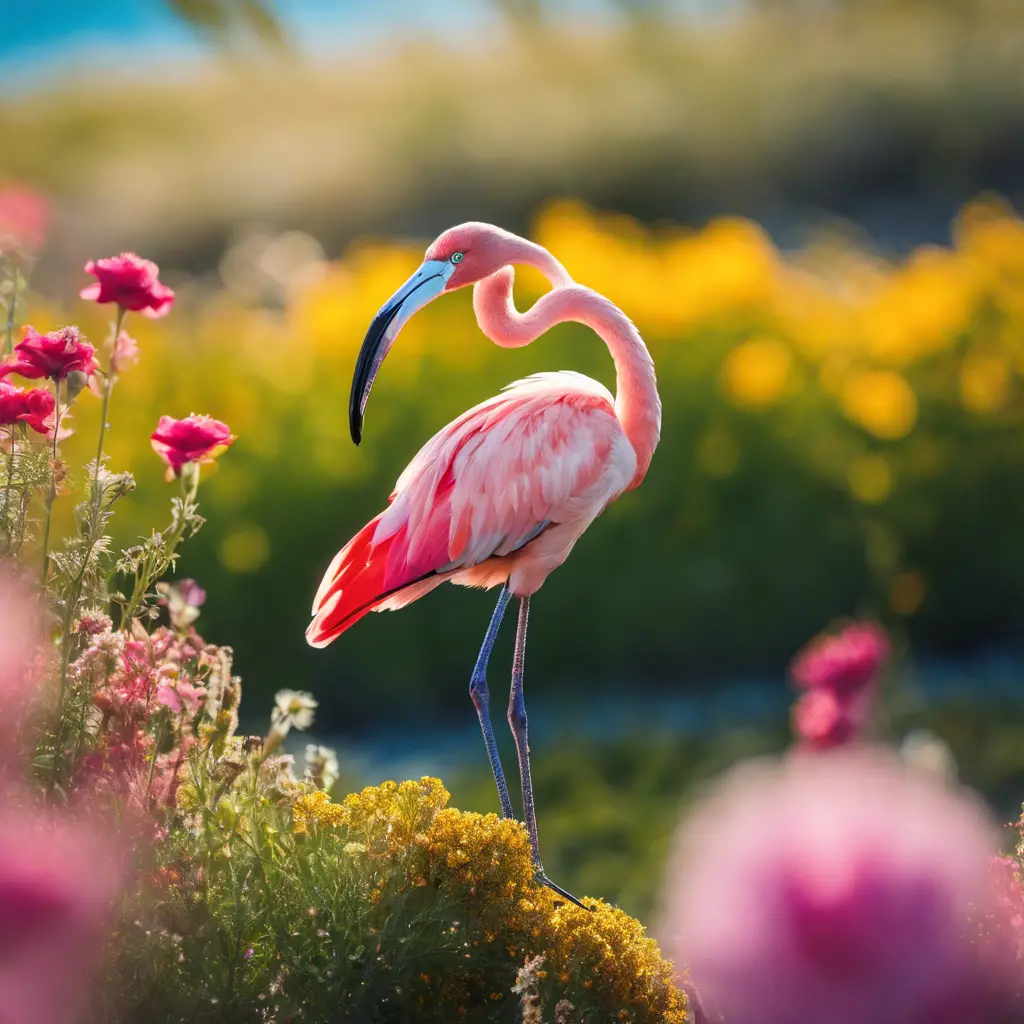California is home to a diverse array of finch species, each uniquely adapted to its environment. In this article, we explore the House Finch, Purple Finch, Cassin’s Finch, Pine Siskin, Lesser Goldfinch, Evening Grosbeak, Pine Grosbeak, Gray-crowned Rosy-Finch, and Black Rosy-Finch.
Through scientific and objective observations, we aim to provide a comprehensive understanding of these avian inhabitants, shedding light on their physical characteristics, habitats, and behaviors.
Join us on this journey into the world of finches in California.
Key Takeaways
- The House Finch population in California has significantly increased over the past decade.
- Purple Finches can be found in various habitats in California during migration, including coniferous forests, orchards, and suburban areas.
- Cassin’s Finches can be found in mountainous regions of California and their conservation efforts are focused on protecting their population from habitat loss and competition for resources.
- Pine Siskins are small finches native to North America that prefer coniferous forests but can also be found in various regions of California. Understanding their feeding habits and migration patterns is crucial for conservation and habitat management.
House Finch
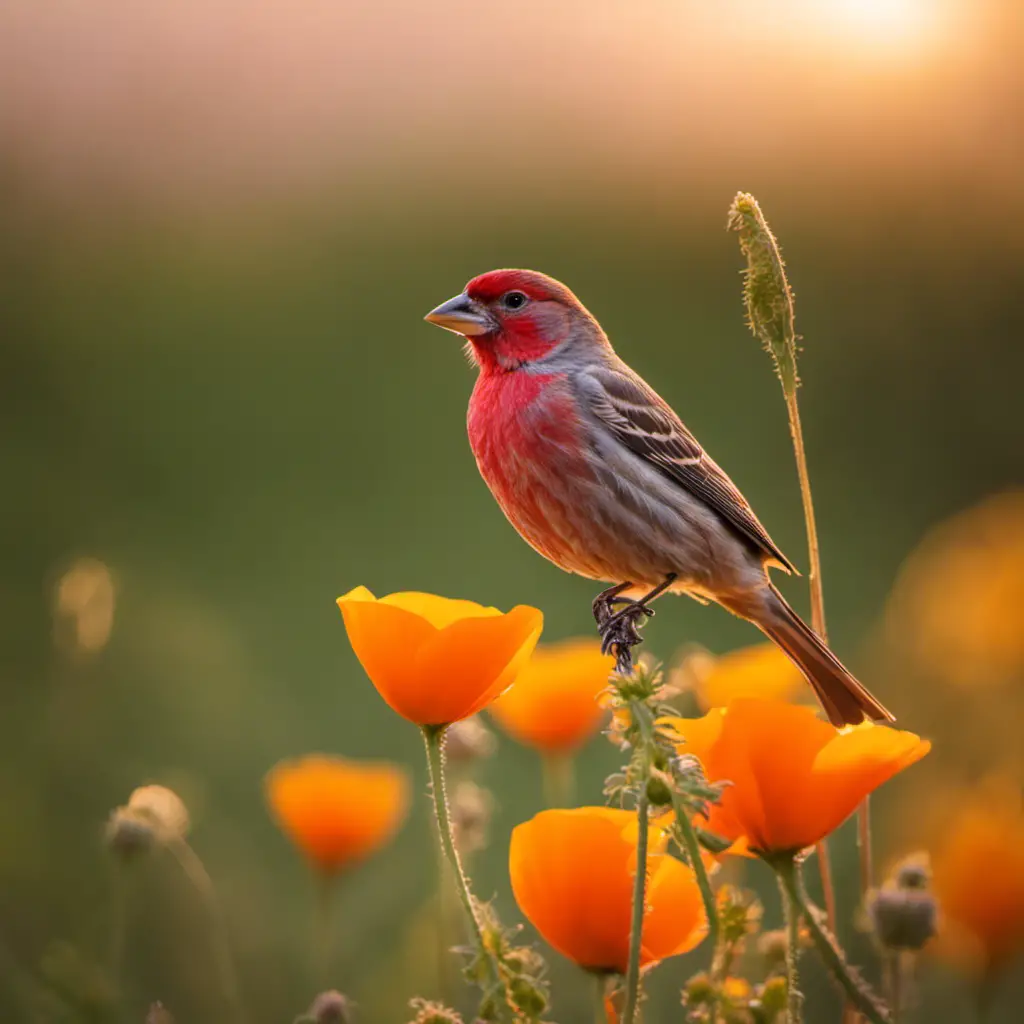
The House Finch population in California has shown a significant increase over the past decade. This species, known as Haemorhous mexicanus, is a small passerine bird characterized by its red plumage on males and streaked brown plumage on females.
House finches are known for their adaptable nature, as they can be found in a variety of habitats including urban areas, agricultural fields, and forests.
Breeding habits of House finches involve monogamous pairs that form during the breeding season. Males attract females through elaborate courtship displays and songs. Nests are usually built in shrubs or trees, and the female lays a clutch of 3-5 eggs.
House finches primarily feed on seeds, fruits, and insects. They have a specialized feeding behavior known as ‘gaping’ where they pry open seeds with their beaks.
This adaptable diet and feeding behavior have likely contributed to their population growth in California.
Purple Finch
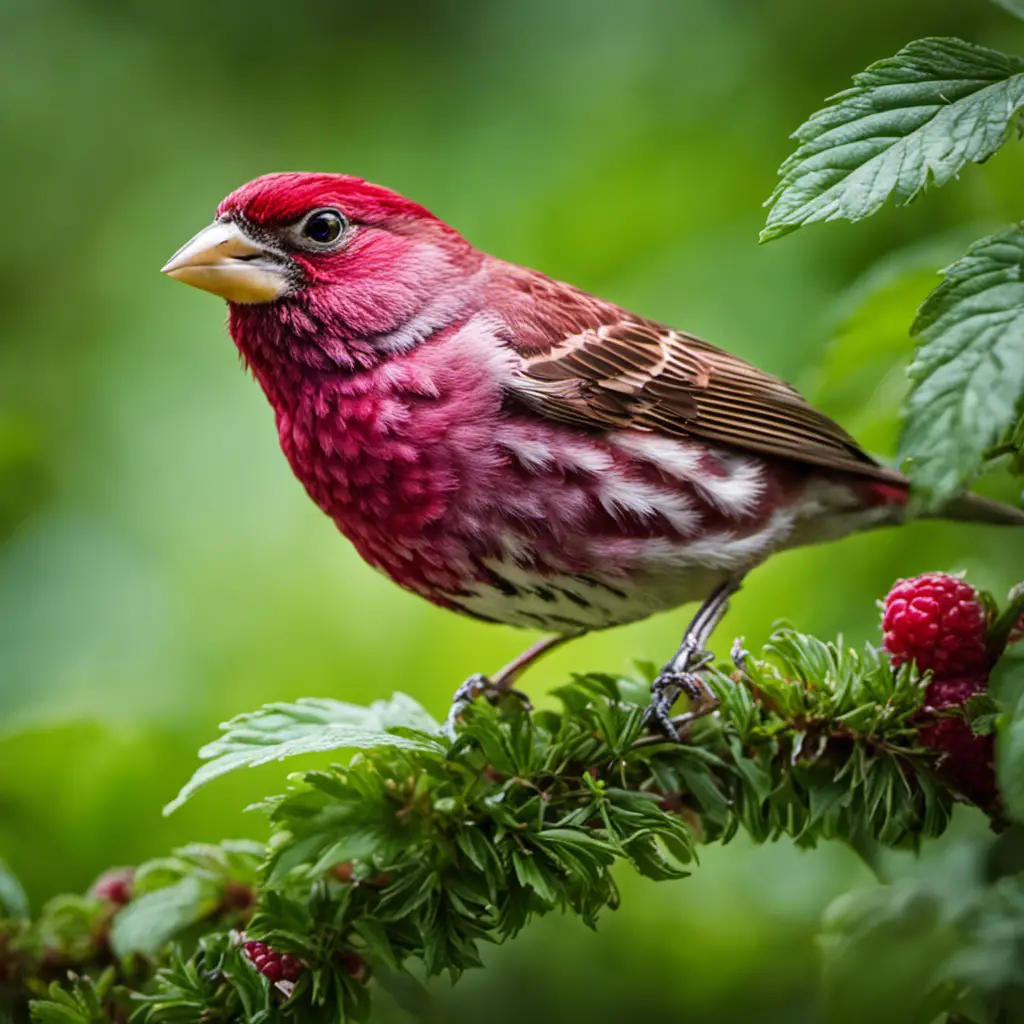
Observing the vibrant plumage and distinctive song of the Purple Finch, one can appreciate the species’ ability to coexist with the House Finch in California. The Purple Finch (Haemorhous purpureus) is a migratory bird that breeds in the boreal forests of North America and winters in the southern United States. Its migration patterns take it through California, where it can be found in various habitats such as coniferous forests, orchards, and suburban areas.
In terms of feeding habits, the Purple Finch primarily consumes seeds, including those from coniferous trees, weeds, and fruits. It has a strong beak that allows it to crack open the hard shells of seeds. This finch also supplements its diet with insects during the breeding season, providing essential protein for its young.
To further understand the Purple Finch and its relationship with the House Finch, let’s explore their key characteristics in the table below:
| Species | Plumage | Size (inches) | Range |
|---|---|---|---|
| Purple Finch | Red body | 4.7-5.1 | North America |
| House Finch | Red head | 4.9-5.9 | North America |
The Purple Finch and House Finch are similar in size, but their plumage and range differ. While the Purple Finch has a red body, the House Finch has a red head. These distinct features make it easier to differentiate between the two species. Both finches are commonly observed in California, where they share similar habitats and food sources. Understanding their migration patterns and feeding habits helps us appreciate the diversity and coexistence of these finch species in California’s ecosystem.
Cassin’s Finch
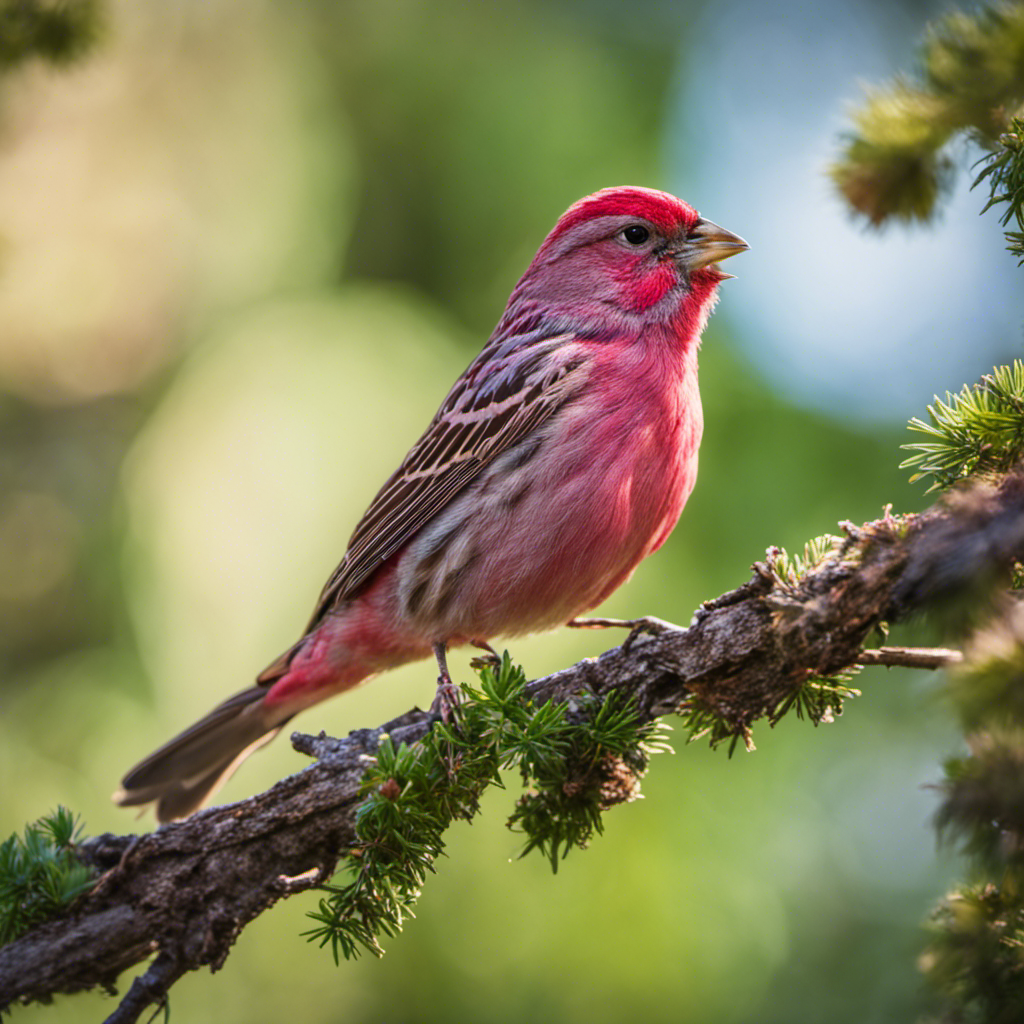
With its distinctive pink plumage and melodious song, numerous Cassin’s Finches can be found in the mountainous regions of California. These small passerine birds are known for their breeding habits, which involve building cup-shaped nests in coniferous trees. The female Cassin’s Finch is responsible for constructing the nest, using a combination of grasses, twigs, and bark strips. Once the nest is complete, the female will lay a clutch of three to five eggs, which she will incubate for approximately two weeks. After hatching, both parents take turns feeding the chicks a diet consisting of insects, seeds, and berries.
Conservation efforts are in place to protect the Cassin’s Finch population. The main threats to this species include habitat loss due to logging and fire suppression, as well as competition for resources with other bird species. Organizations such as the Audubon Society and the California Department of Fish and Wildlife are actively working to conserve the habitats of these finches and implement measures to minimize human impact.
Pine Siskin
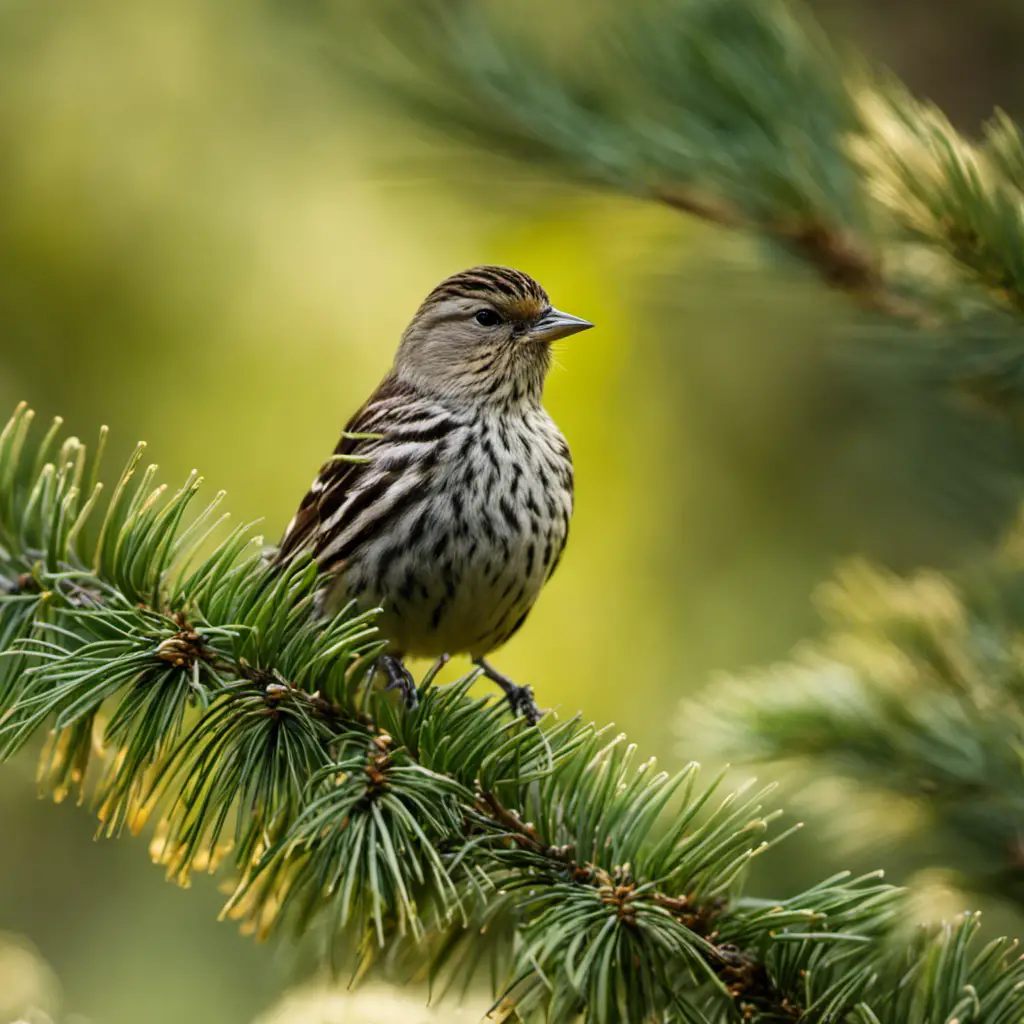
Pine Siskin, a small finch native to North America, is known for its nomadic behavior and its preference for coniferous forests. These migratory birds can be found across various regions of North America, including California.
Pine siskin migration is influenced by factors such as food availability, weather patterns, and breeding requirements. During the winter months, they often move south in search of abundant food sources, including seeds from coniferous trees. However, their feeding habits are not limited to coniferous seeds.
Pine siskins are also known to consume a variety of other seeds, such as those from sunflowers and thistles. Understanding the feeding habits and migration patterns of these finches is crucial for assessing their conservation status and managing their habitat effectively.
Lesser Goldfinch
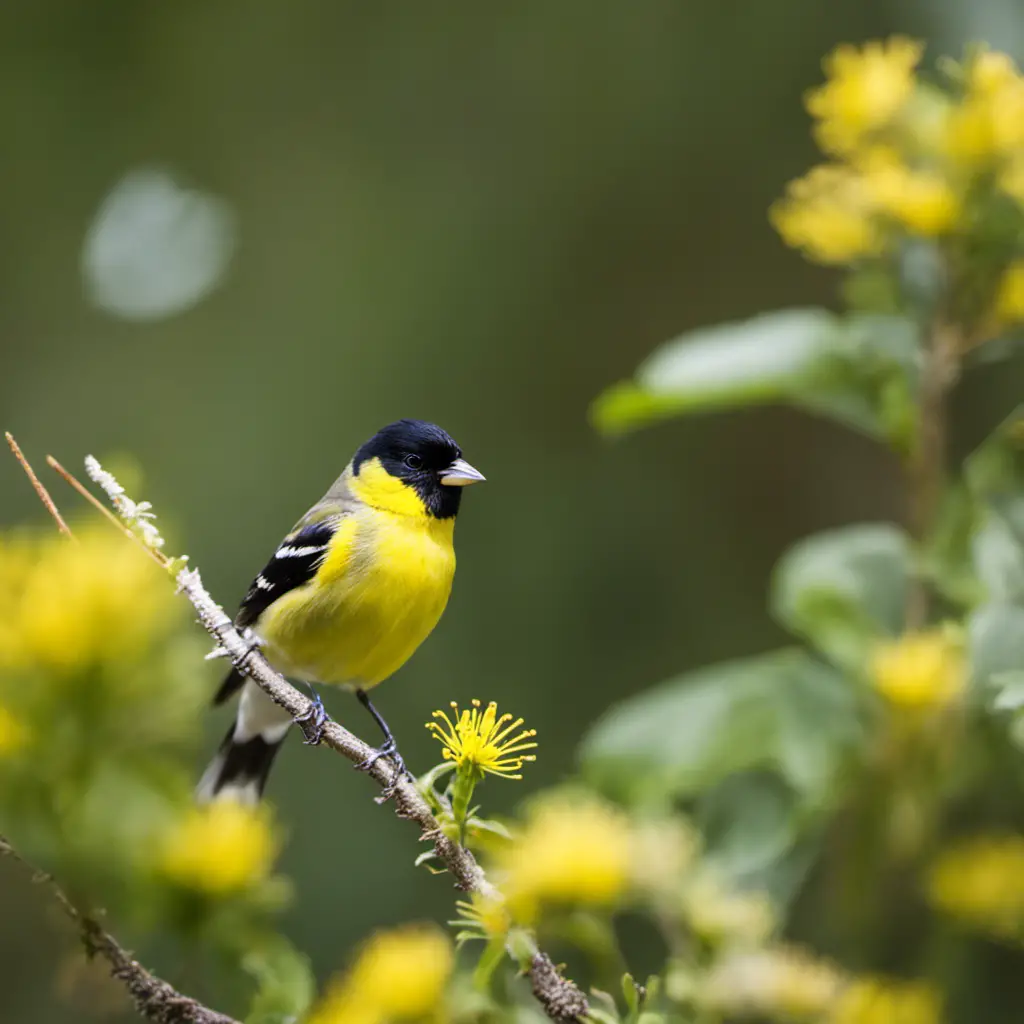
The Lesser Goldfinch, native to California, can be observed flitting among the trees and shrubs, foraging for seeds and insects. These small birds are known for their vibrant yellow plumage and distinctive black cap.
In terms of breeding habits, the Lesser Goldfinch typically nests in dense vegetation, constructing a cup-shaped nest using twigs, grass, and plant fibers. They are monogamous and both parents participate in feeding and caring for the young.
As for their ecological role in California’s ecosystem, the Lesser Goldfinch plays a significant role in seed dispersal. By consuming seeds from various plants, they contribute to the distribution and germination of these plants, aiding in the maintenance of plant diversity. Additionally, their foraging habits help control insect populations, making them valuable contributors to the balance of local ecosystems.
American Goldfinch

In the summer months, the American Goldfinch can often be spotted perched on sunflowers, savoring their seeds. This small songbird is known for its vibrant yellow plumage and melodious song.
Here are some key aspects of the American Goldfinch’s behavior and conservation status:
Diet and Nesting Habits:
- The American Goldfinch primarily feeds on seeds, especially those from plants like sunflowers and thistles.
- During breeding season, they build their nests in trees or shrubs, using plant fibers and spider silk, and line them with soft materials like thistle down.
Migration Patterns:
- The American Goldfinch is a highly migratory bird, with populations in the northern parts of North America migrating south in the winter.
- Some populations also undergo shorter-distance migrations within their breeding range, moving to areas with abundant food resources.
Conservation Status:
- The American Goldfinch is currently classified as a species of least concern by the International Union for Conservation of Nature (IUCN).
- However, factors such as habitat loss, pesticide use, and climate change can impact their populations and should be monitored to ensure their long-term survival.
Lawrence’s Goldfinch
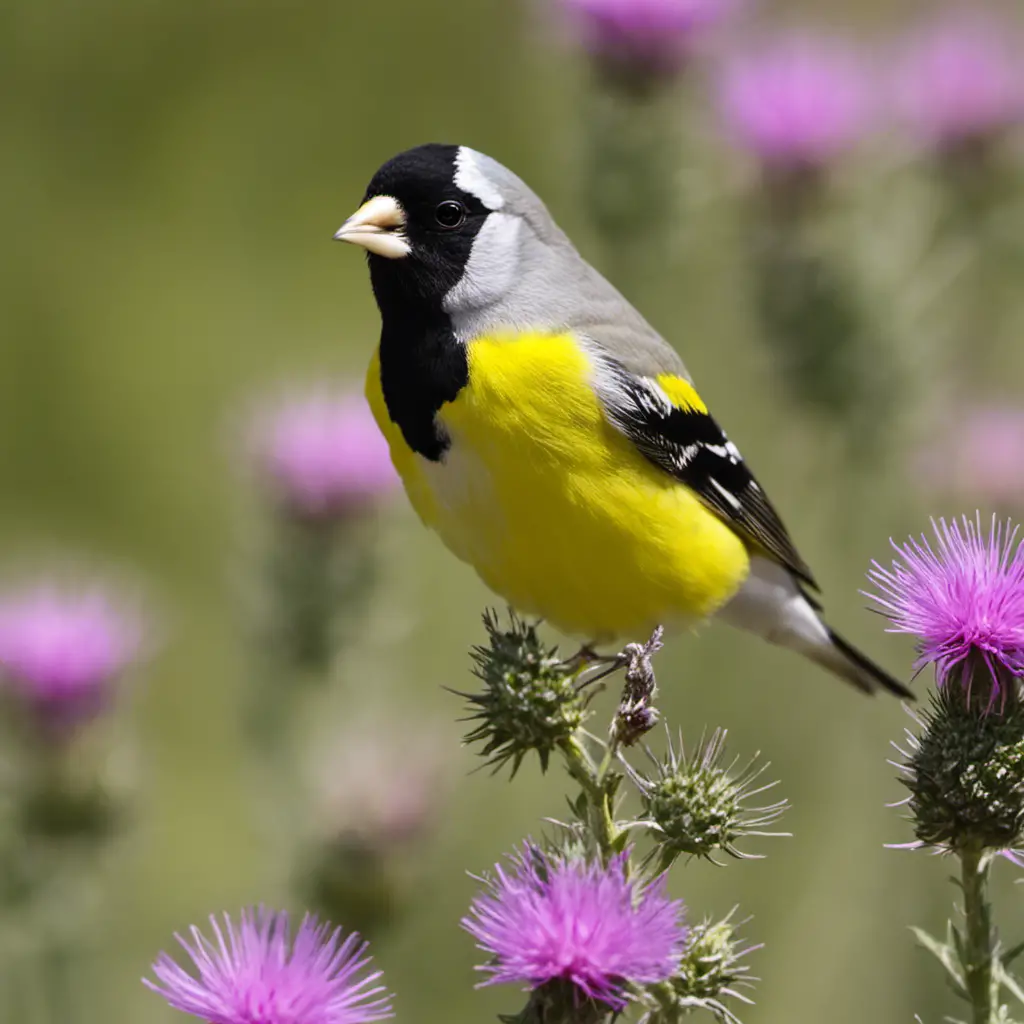
Occasionally, Lawrence’s Goldfinch can be observed flitting among the wildflowers, showcasing its distinctive black and yellow plumage. This small songbird, scientifically known as Spinus lawrencei, is endemic to California, particularly the coastal regions and oak woodlands.
The behavior patterns of Lawrence’s Goldfinch are fascinating to study. They are highly social birds, often seen in small flocks, and are known for their acrobatic flight displays. During breeding season, the male goldfinch performs an elaborate courtship display, involving singing, fluttering wings, and exaggerated movements.
Their breeding habits are also interesting; they typically nest in shrubs or trees, constructing cup-shaped nests out of plant fibers and lining them with soft materials. The female goldfinch lays a clutch of 3-5 eggs, which she incubates for about two weeks before they hatch.
Lawrence’s Goldfinch is a captivating species to observe, offering insights into the intricacies of avian behavior and reproductive strategies.
Red Crossbill

Red Crossbill is a unique finch species known for its specialized bill morphology, which allows it to extract seeds from conifer cones. This bird species exhibits interesting habitat preferences and feeding behaviors that contribute to its survival and adaptation.
Habitat preferences:
Coniferous forests: Red Crossbills are primarily found in coniferous forests, especially those dominated by pine, spruce, and fir trees.
High elevations: They are commonly found in mountainous regions where conifer forests thrive.
Forest openings: Red Crossbills prefer areas with open spaces within the forest, such as clearings or edges of meadows.
Disturbed habitats: They are also known to inhabit areas that have experienced fire or logging, as these disturbances provide opportunities for cone production and seed availability.
Feeding behaviors:
Seed extraction: Red Crossbills use their uniquely crossed bills to pry open the scales of conifer cones and extract the seeds.
Specialized diet: Their diet primarily consists of conifer seeds, especially those of pine and spruce trees.
Dependence on cone crops: Red Crossbills are highly dependent on the availability of conifer cones for their food source.
Adaptation to cone structure: Their bill shape and size vary across populations to match the specific conifer species they feed on.
Understanding the habitat preferences and feeding behaviors of Red Crossbills is essential for their conservation and management, as these factors directly impact their survival and population dynamics.
White-winged Crossbill
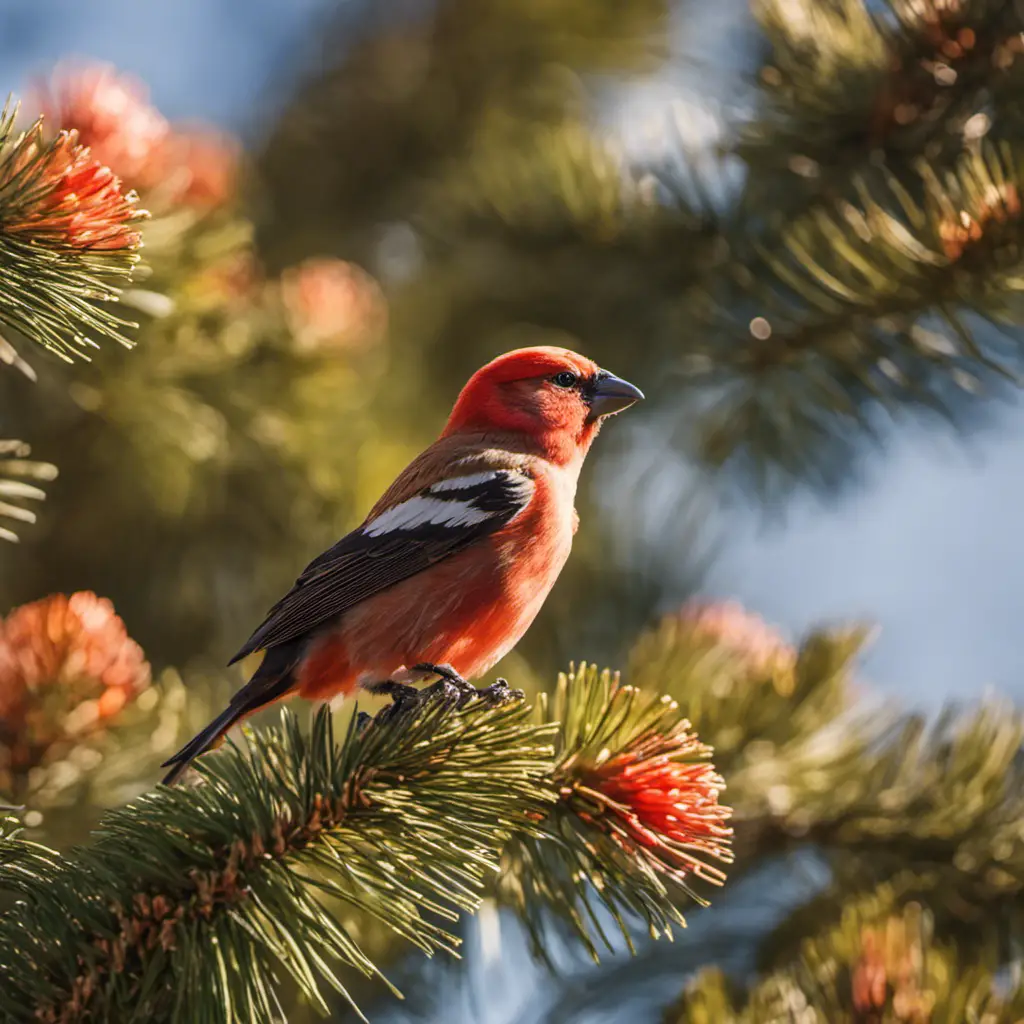
The White-winged Crossbill, a finch species known for its distinctive crossed bill adapted for extracting seeds from conifer cones, is a subject of interest in ongoing discussions on avian ecology and population dynamics. This species exhibits variations in diet and habitat preferences, which contribute to its unique ecological niche. A 2-column, 5-row table is presented below to summarize the key findings on the White-winged Crossbill’s diet and habitat preferences:
| Diet Variation | Habitat Preference |
|---|---|
| Preference for conifer seeds | Coniferous forests |
| May also consume insects and fruits | Mixed forests |
| Adaptation to extracting seeds from tightly closed cones | Boreal forests |
| Consumption of seeds from various conifer species | Montane forests |
| Ability to extract seeds from cones of different sizes and shapes | Alpine habitats |
Understanding the White-winged Crossbill’s variations in diet and habitat preferences can help researchers and conservationists develop effective strategies to protect and conserve its populations. Conservation efforts for this species should focus on preserving suitable habitats, promoting forest diversity, and ensuring the availability of conifer seeds. By addressing these factors, we can contribute to the long-term population stability and conservation of the White-winged Crossbill.
Common Redpoll
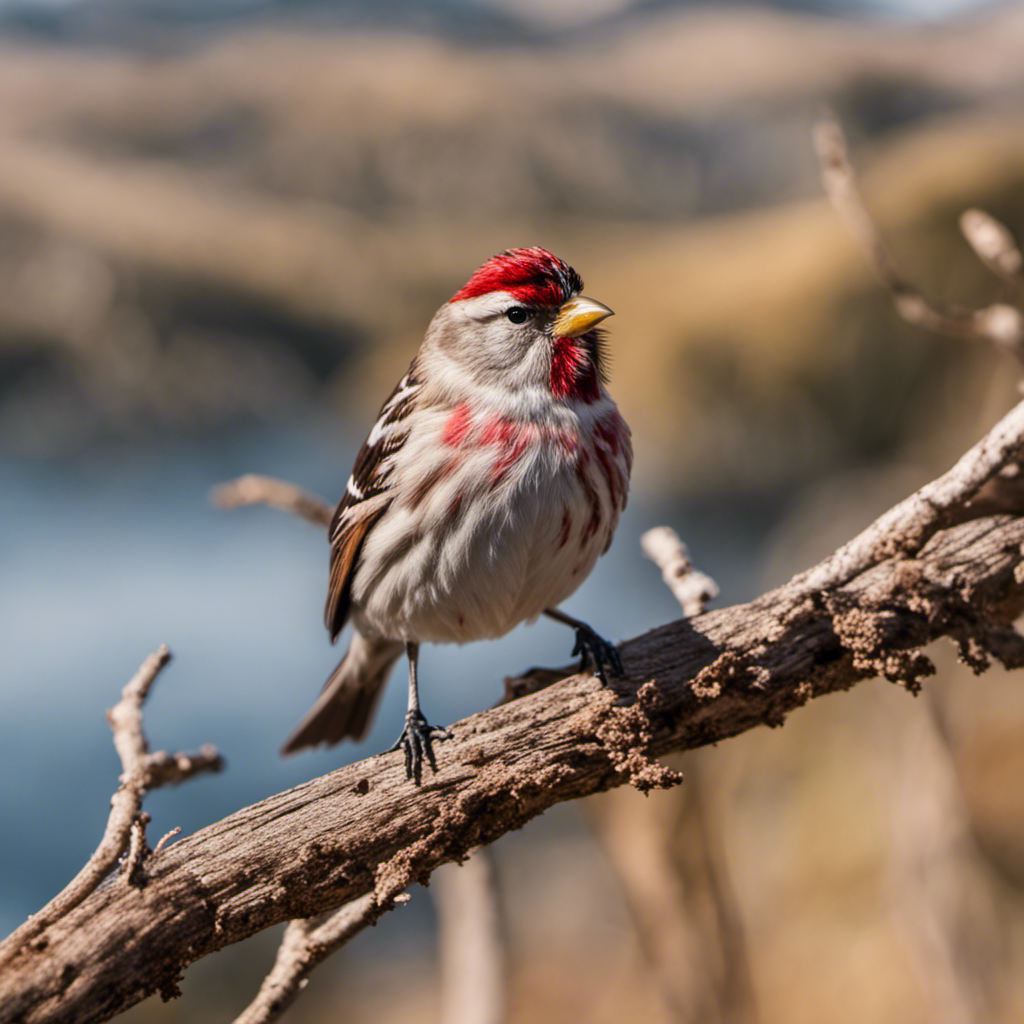
Two or three Common Redpolls were observed foraging on the ground, while several others perched on nearby tree branches. These sightings have sparked a discussion on the breeding habits and patterns of Common Redpolls in California.
Here are some ideas that have been brought up during the discussion:
Breeding habits and patterns: Participants have shared information about the nesting habits of Common Redpolls, such as their preference for coniferous trees and their construction of cup-shaped nests. Questions have been raised about the timing of breeding and whether it varies across different regions of California.
Impact of climate change: The impact of climate change on the population of Common Redpolls in California has also been a topic of interest. Participants have discussed the potential effects of rising temperatures and changing precipitation patterns on the availability of suitable breeding habitats and food sources for these birds.
These discussion points aim to deepen our understanding of the breeding behavior and population dynamics of Common Redpolls in California in the face of a changing climate.
Evening Grosbeak
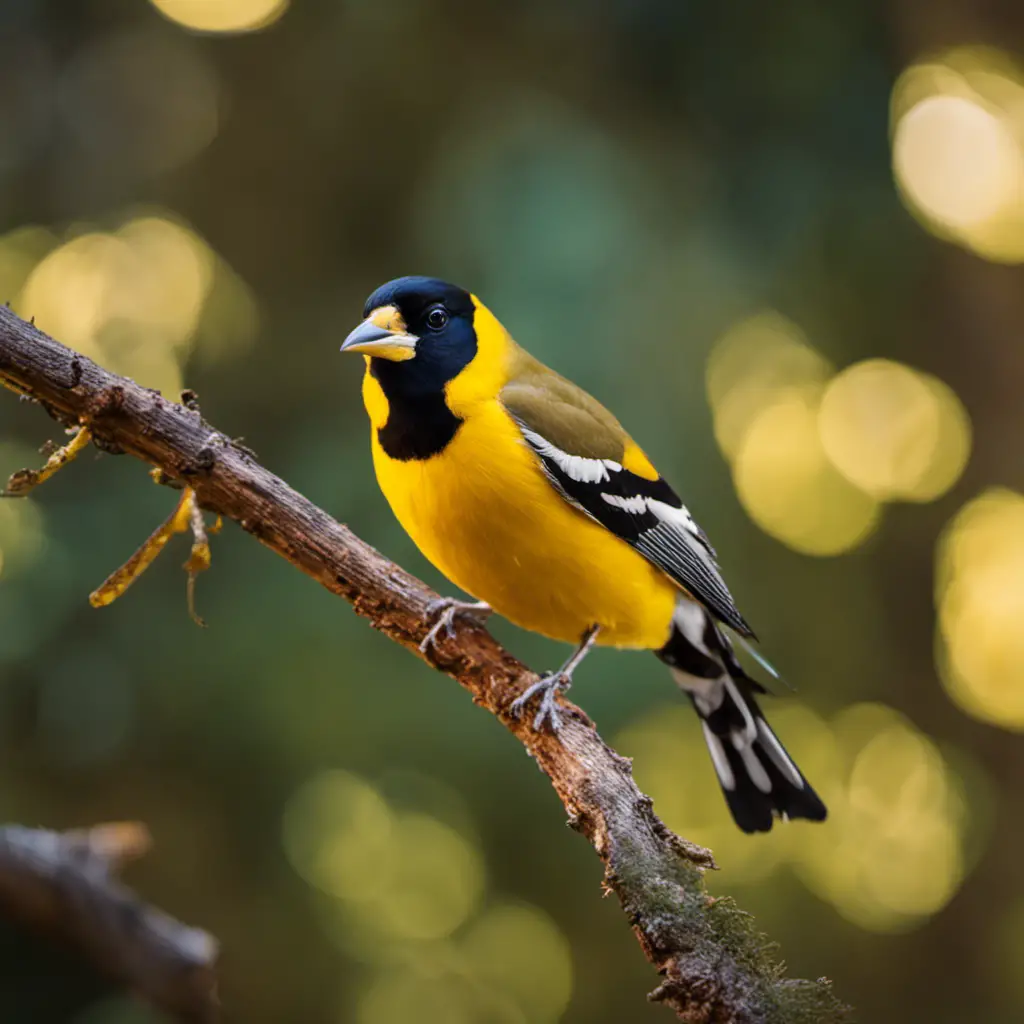
During the discussion, participants have expressed their curiosity about the distribution and migration patterns of Evening Grosbeaks across different regions of California.
Evening Grosbeaks (Coccothraustes vespertinus) are large finches known for their vibrant plumage and distinctive beaks. Historically, they were widely distributed across North America, including California. However, in recent years, concerns have been raised about their declining population. This decline is attributed to various factors, such as habitat loss, climate change, and disease.
To conserve the Evening Grosbeak population, efforts are being made to understand their distribution and migration patterns in California. Researchers are conducting surveys and studying their habitat preferences to identify areas that require conservation attention. By understanding their movements and habitat requirements, conservation efforts can be targeted effectively to mitigate population decline and ensure the long-term survival of the Evening Grosbeak in California.
Pine Grosbeak

Pine Grosbeak, a species of finch known for its distinctive red plumage, has been observed in various regions of California during the winter months. This species is primarily found in the coniferous forests of North America and is known for its unique migration patterns and feeding habits.
Migration patterns:
- Pine Grosbeaks are known to migrate south during the winter months in search of food.
- They are commonly found in California between November and March.
- These birds prefer areas with abundant coniferous trees for feeding and nesting.
Feeding habits:
- Pine Grosbeaks mainly feed on seeds, berries, and insects.
- They have a particular preference for the seeds of pine trees, hence their name.
- During the winter, when food sources are scarce, they rely heavily on fruit-bearing trees.
Understanding the migration patterns and feeding habits of the Pine Grosbeak is crucial for conservation efforts and maintaining their populations in California. Further research is needed to gain a comprehensive understanding of their ecology and behavior in this region.
Gray-crowned Rosy-Finch
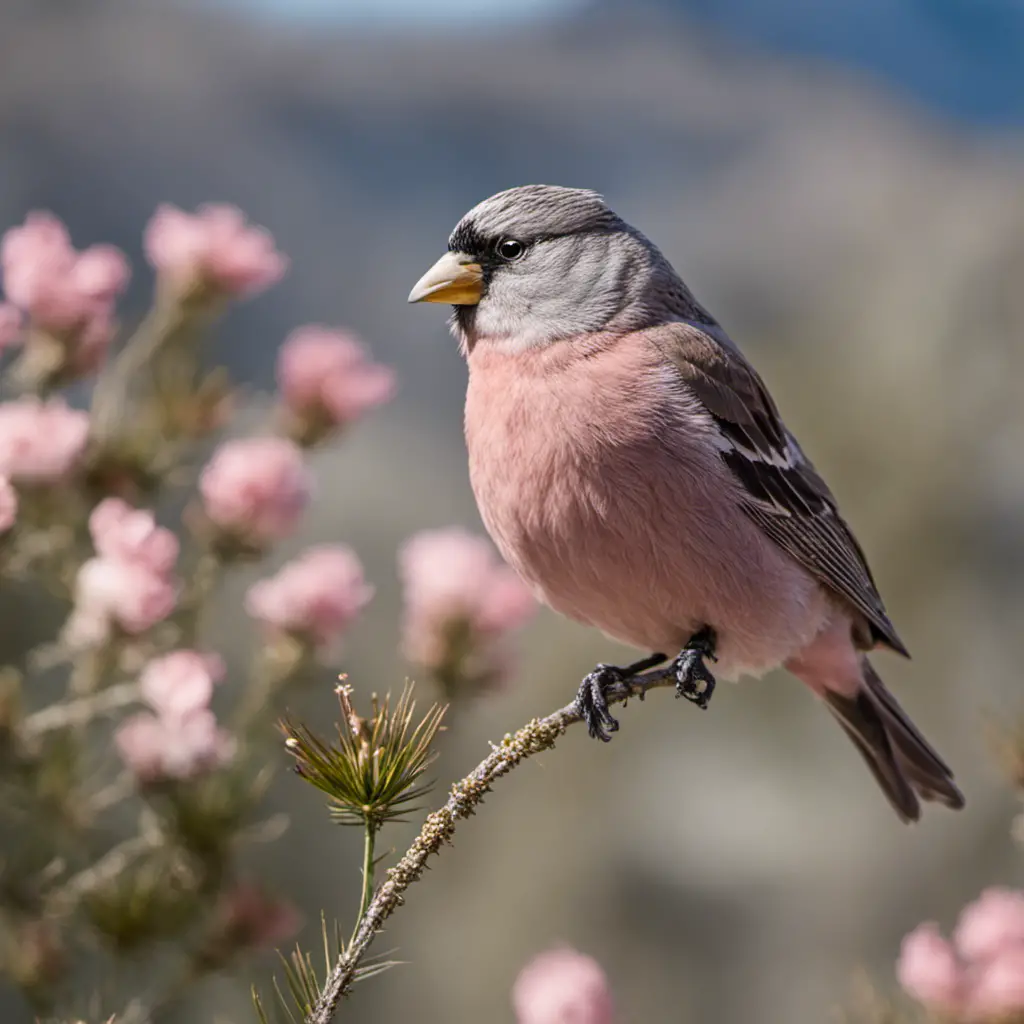
The Gray-crowned Rosy-Finch is a high-altitude bird species known for its adaptability and social behavior. It is found in the mountainous regions of western North America, particularly in California.
Conservation efforts for this species have focused on preserving its alpine habitat and protecting breeding sites. These birds are known to breed in rocky areas, often near snowfields. They build nests with grasses and feathers and typically lay three to five eggs. The incubation of these eggs is done by both parents.
After about two weeks, the young birds fledge and are then cared for by their parents for a short period before becoming independent. Understanding the breeding habits of the Gray-crowned Rosy-Finch is crucial for implementing effective conservation strategies to ensure the long-term survival of this species in its natural habitat.
Black Rosy-Finch
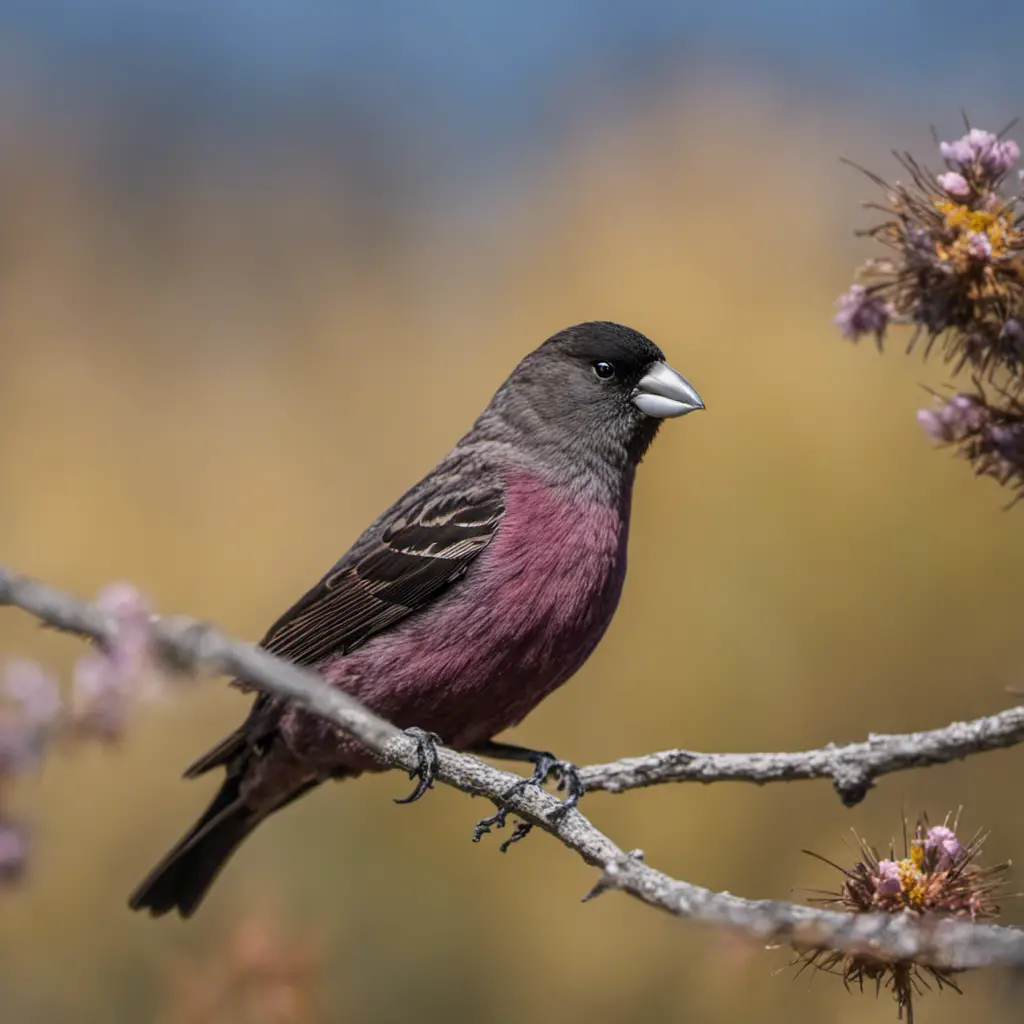
Black Rosy-Finch, a bird species closely related to the Gray-crowned Rosy-Finch, is known for its distinctive black plumage and its preference for high-altitude habitats in California. This species has a unique ecology that allows it to thrive in harsh mountain environments.
Here are some key aspects of the ecology of the Black Rosy-Finch:
Habitat: Black Rosy-Finches are primarily found in alpine and subalpine areas, typically above the timberline. They prefer rocky slopes and talus fields, where they can find suitable nesting sites and abundant food sources.
Diet: These finches have an omnivorous diet, feeding on a variety of seeds, insects, and berries. They are known to forage on the ground, using their specialized beaks to extract seeds from grasses and flowers.
Breeding: Black Rosy-Finches breed in late spring and early summer. They construct cup-shaped nests in rock crevices or on cliffs, providing protection from predators and harsh weather conditions.
Conservation efforts: Due to their limited range and vulnerability to climate change, conservation efforts for Black Rosy-Finches are crucial. Protecting their high-altitude habitats and raising awareness about their conservation status are important steps in ensuring their long-term survival.
Frequently Asked Questions
How Do You Identify the Different Species of Finches Mentioned in the Article?
To identify different species of finches, one must carefully observe and analyze their physical characteristics, such as beak shape and size, plumage patterns, and body size. Additionally, behavioral differences among finch species can also provide valuable clues for identification.
What Is the Preferred Habitat of the Gray-Crowned Rosy-Finch?
The preferred habitat of the gray-crowned rosy-finch is characterized by specific environmental conditions and vegetation types that support its feeding and nesting requirements. Understanding its behavior patterns is crucial in identifying suitable habitats for conservation efforts.
How Do the Feeding Habits of the Black Rosy-Finch Differ From Other Finch Species?
The feeding habits of the black rosy-finch differ from other finch species in terms of their preferred food sources and foraging behaviors. Understanding these differences is crucial for conservation efforts aimed at protecting this species.
Are Any of the Mentioned Finch Species Endangered or at Risk of Population Decline?
There are several finch species that are currently endangered or at risk of population decline. Conservation efforts are being implemented to protect these species and prevent further decline in their populations.
Do Any of These Finch Species Migrate, and if So, Where Do They Go During the Winter Months?
Finch migration patterns are influenced by seasonal changes, with some species migrating during winter months. These movements are driven by factors such as availability of food and suitable habitats, leading finches to travel to different locations for overwintering.
What Types of Birds Can be Found in California?
California is home to a diverse range of bird species, including several types of blackbirds in California. Some of the common blackbirds found in the state include the Brewer’s blackbird, the red-winged blackbird, and the tricolored blackbird. Birdwatchers in California have plenty of opportunities to spot these beautiful and unique blackbirds.
Are Yellow Birds a Type of Finch Found in California?
Yellow birds spotted in california include several species of finches. These small, colorful birds can be found in various habitats throughout the state. While yellow finches are not exclusive to California, they are a common sight among birdwatchers and nature enthusiasts. Their vibrant plumage adds a touch of brightness to the local avian diversity.
Conclusion
In conclusion, California is home to a diverse range of finch species. These species include the House Finch, Purple Finch, Cassin’s Finch, Pine Siskin, Lesser Goldfinch, Evening Grosbeak, Pine Grosbeak, Gray-crowned Rosy-Finch, and Black Rosy-Finch. Each of these species exhibits unique physical characteristics and adaptations that allow them to thrive in various habitats across the state.
Understanding the ecology and behavior of these finches is crucial for their conservation efforts. By studying these finches, researchers can gain valuable insights into avian diversity in California. This knowledge can help inform conservation strategies and contribute to the overall understanding of the state’s avian population.

An avid ornithologist, zoologist and biologist with an unwavering passion for birds and wild animals.
Dr. Wilson’s journey in ornithology began in childhood and led him to obtain a Ph.D. in Ornithology from the prestigious Avian Research Institute. He has worked closely with renowned experts in the field and conducted extensive research and field studies globally.

